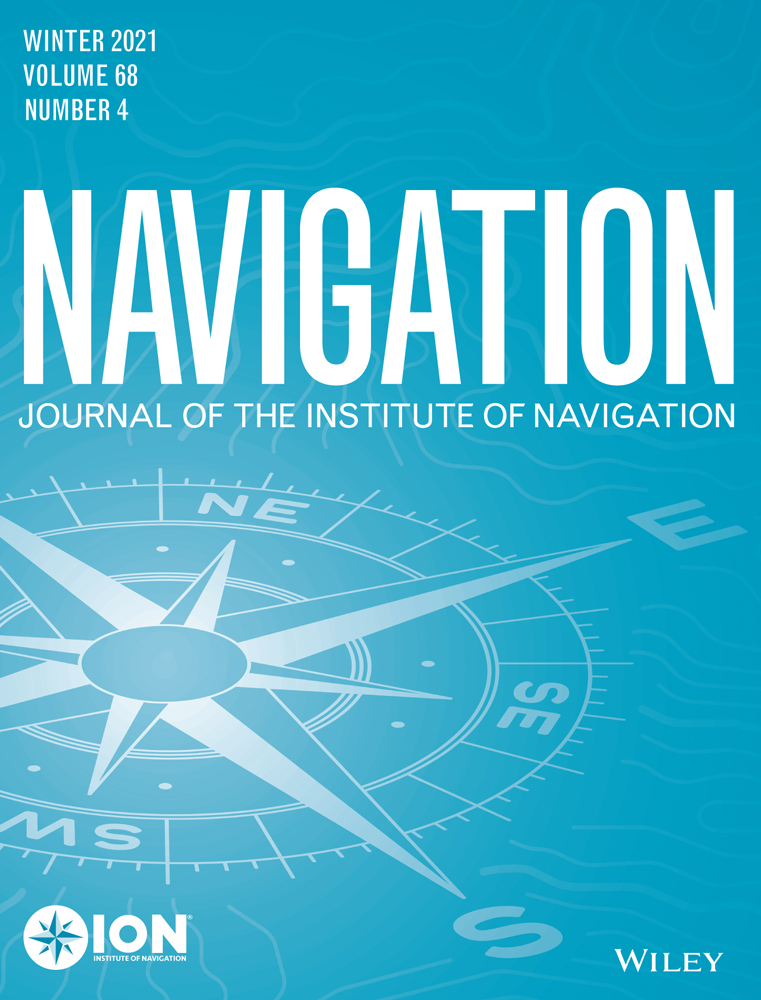Theory and Performance Prediction for Continuous Vector Gravimetry Based on a DGPS Augmented Rate Bias Inertial Navigation System and a Star Tracker
ABSTRACT
The results of an investigation that deals with the feasibility of accurate vector gravimetry using the measurements of a hybrid differential GPS (DGPS)/rate bias inertial navigation system (RB-INS) are presented.
Even the use of this high-accuracy modification of a strapdown INS augmented by precise DGPS does not allow one to estimate the components of the anomalous gravitation field of the earth. This conclusion is the result of incomplete observability. DGPS offers a translatory augmentation only that causes the analytical platform to align orthogonal to the true gravity vector, because the hybrid system exploits its rotatory degrees of freedom. This alignment orthogonal to the plumb line implies that the horizontal tilt error angles correspond to the deflections of the vertical if the horizontal acceleration measurement errors show a noise-like behavior.
The vertical component of the anomalous gravitation field can be extracted, but the following limitations have to be considered: its initial value must be known, and the vertical acceleration bias of the RB-INS has to be stable over the mission duration.
The integration of a star tracker allows the determination of the astronomical position coordinates. This sensor uses the direction cosine matrix as worked out by the hybrid DGPS/RB-INS to measure star elevation angles that refer to the plumb line. Taking the difference between the resulting astronomical and DGPS/RB-INS computed geodetic position coordinates yields the desired deflections of the vertical.




